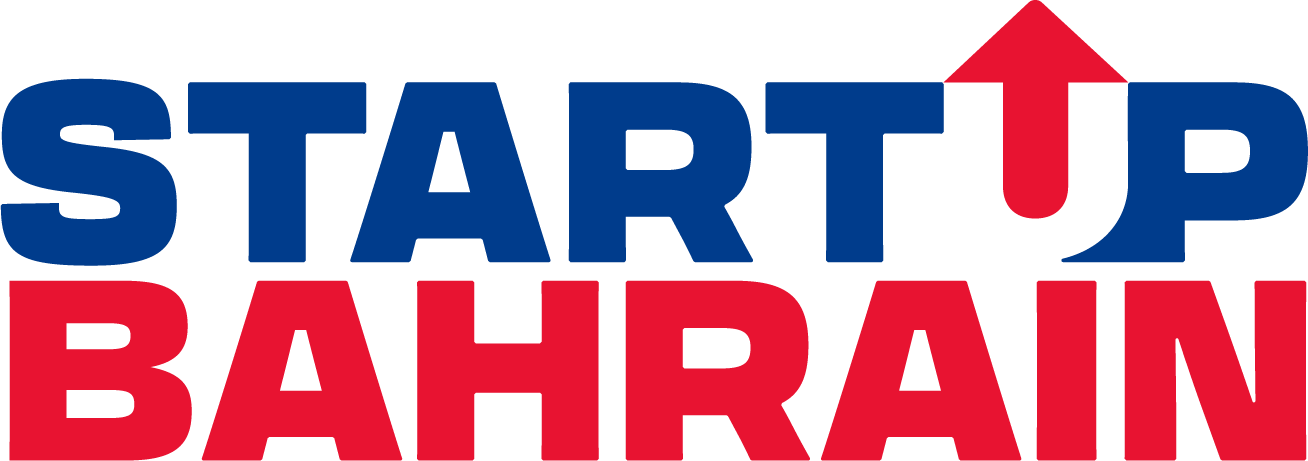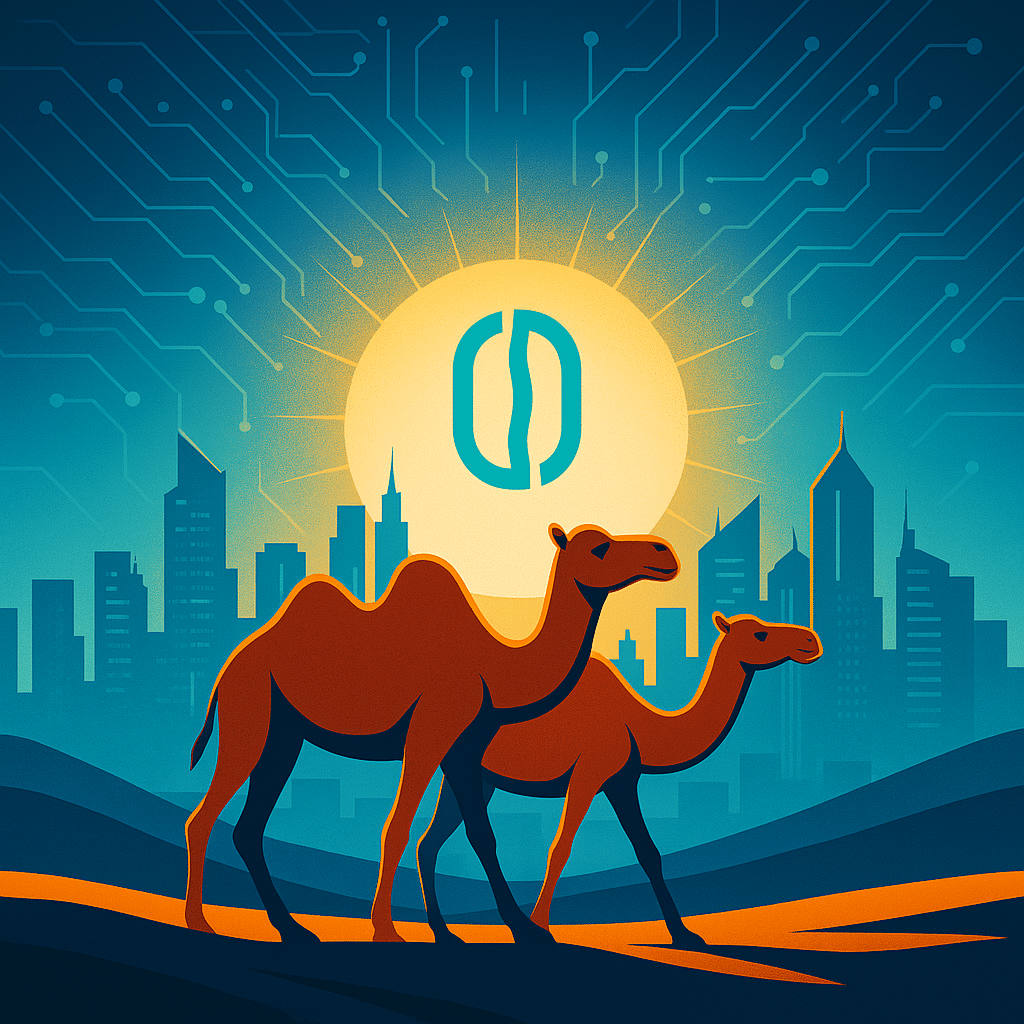As we move further into 2025, it’s worth pausing to reflect on the defining moments that have shaped our region’s digital journey. One of the most transformative was Talabat’s historic IPO in late 2024—a bold milestone that didn’t just break records but signaled a seismic shift for the Middle East’s tech sector. It marked the moment we stopped being the underdog and started setting the global pace.
And the momentum hasn’t slowed. Just months into the new year, Saudi-based beauty and personal care platform Nice One made headlines with its IPO, valued at over USD 1 billion. It’s yet another signal that the Middle East’s digital economy isn’t just growing—it’s accelerating with unstoppable force.
The story of the Middle East’s technology ecosystem is nothing short of extraordinary. From the sands of our deserts to the screens of millions, we’ve seen homegrown innovations evolve into indispensable platforms. But beyond the numbers, what truly stands out is the vision, resilience, and collective ambition of those driving this transformation forward.
The first signs of our region’s tech potential emerged back in 2019, when Careem was acquired by Uber for a staggering USD 3.1 billion. It was a moment that thrust the Middle East onto the global tech map. Fast forward to Talabat’s USD 10 billion IPO, and we’re now witnessing the maturity of a region primed not only for scale, but for sustained leadership.
These milestones reflect a wider movement. In recent years, global players like Delivery Hero and Uber have doubled down on Middle Eastern markets, while Chinese investors have taken a keen interest in Saudi Arabia, drawn by its Vision 2030 framework. Cities like Riyadh and Abu Dhabi are now investing heavily in tech infrastructure and startup ecosystems, complementing Dubai’s long-standing role as the region’s innovation hub.
But the real engine behind this growth? The people.
Visionaries like Mohammed Jaffar of Talabat and Hamad Al Bakr of Jahez have played pivotal roles in shaping our ecosystem. They saw opportunities where others saw obstacles and helped redefine the region’s economic narrative. I’ve been fortunate to cross paths with both of them during key points in my own journey, and their insights have left a lasting mark.
Mohammed Jaffar once told me, “Invest your time and effort in understanding two things: your data and your people.” That advice remains one of the most valuable lessons I’ve carried—reminding me that success is always built on insight and empathy.
Hamad Al Bakr, on the other hand, drove home the importance of visibility. “Even the best product is a failure if no one knows about it or buys it,” he said. It’s a powerful reminder that great innovation must be matched by great storytelling and engagement.
Dubai has undoubtedly set the stage, thanks to the visionary leadership of Sheikh Mohammed bin Rashid Al Maktoum. The city has transformed into the Silicon Valley of the Middle East—nurturing entrepreneurs, enabling billion-dollar deals, and building a future-ready ecosystem. And now, other cities across the region are joining the momentum with equal determination.
Yet, above all, what defines this moment is the grit and ambition of our founders, developers, and creators. These are the risk-takers who continue to redefine what’s possible—building solutions that not only serve the region, but inspire global markets.
Looking ahead into the rest of 2025 and beyond, one thing is certain: the Middle East is no longer just a rising player—it is a global innovator. A leader. A digital force rooted in culture, powered by ambition, and inspired by the future.
The journey is only just beginning. And the best is yet to come.







